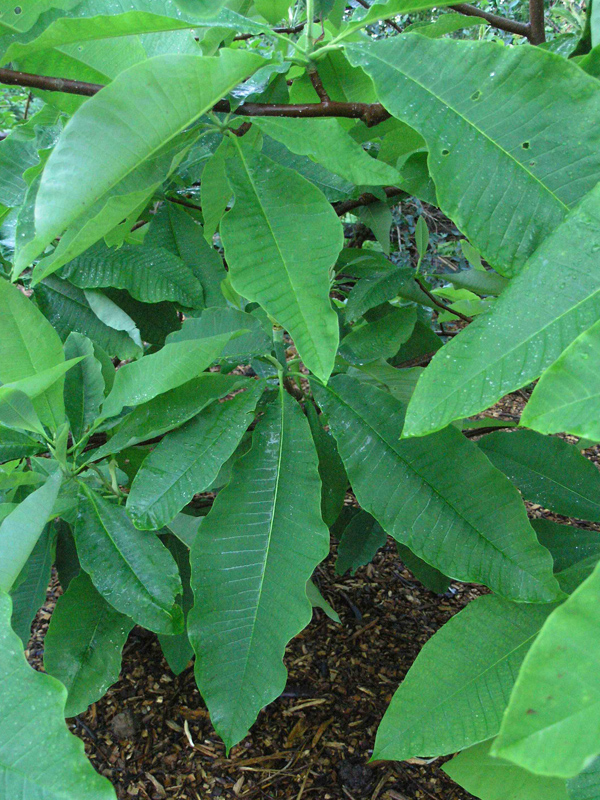| General Description | A deciduous tree with large, shiny green leaves and malodorous, creamy-white flowers. This species has been placed on the IUCN Red List as least concern and given a G5 global ranking. |
| Shape | Loosely rounded, with an open crown. Broadly divaricate. |
| Landscape | Excellent as a specimen for shady lawn areas. |
| Propagation | Propagate by simple layering in spring, softwood cuttings, or by seed. |
| Cultivation | Grow in partial shade in a rich, well-drained loam, with consistent moisture throughout the year. Can be grown in close to full shade, or in full sun as long as the soil is kept moist. Soil extremes (too dry or too wet) are problematic. |
| Pests | No serious problems, although late frosts may damage the flowers. |
| Notable Specimens | The A.M. Cuddy Gardens, Strathroy, Ontario, Canada. |
| Habitat | Grows as a understory tree in the woods, ravines and slopes of the Appalachian Mountains. |
| Bark/Stem Description | Often multi-trunked, with thin, smooth, shiny grey bark. |
| Leaf Description | Large, shiny green leaves, to 70 x 25 cm, appearing in whorl-like clusters at stem tips. |
| Flower Description | Flowers are pungent, bowl-shaped, creamy white, 15-25 cm in diameter, with 6-9 petal-like tepals. |
| Fruit Description | Cone-like pink fruits, to 10 cm in length, that ripen in autumn. |
